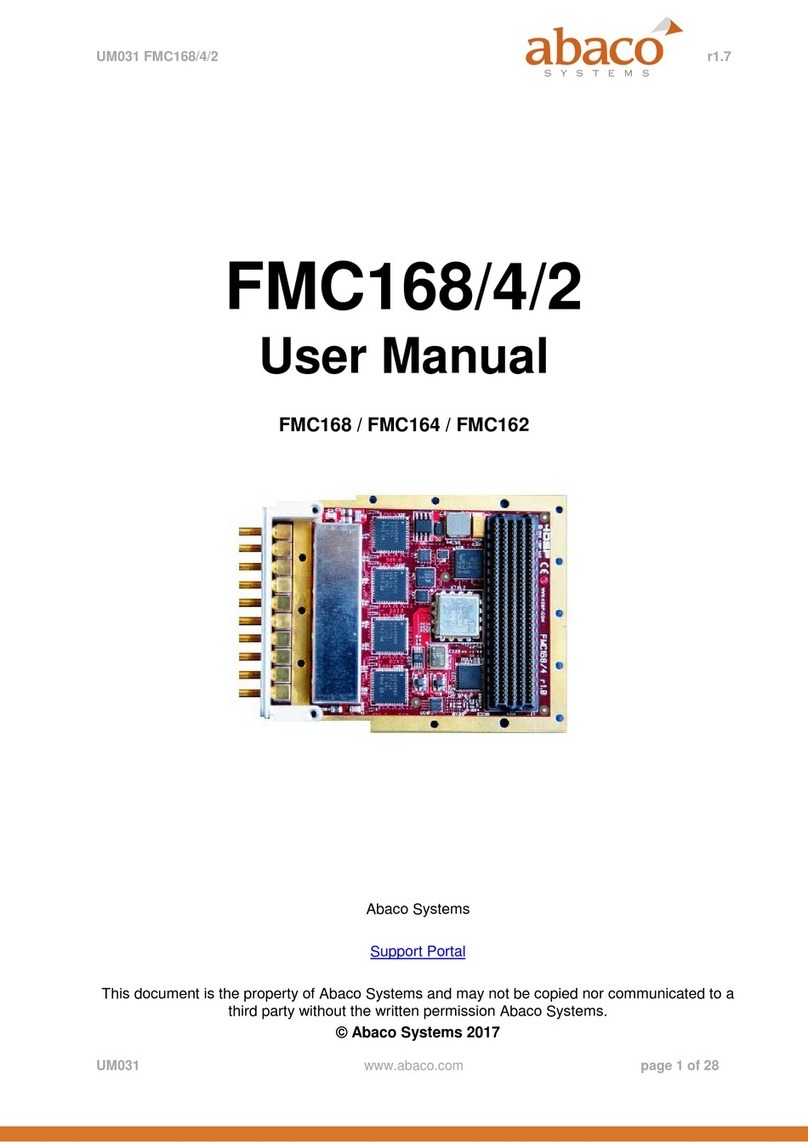Publication No. PEX430-0HH/1QD Contents 3
Contents
1 • Introduction .............................................................................................................................. 5
1.1 Features ..................................................................................................................................................................5
1.2 Conventions ............................................................................................................................................................6
1.3 Safety Notices ........................................................................................................................................................7
1.3.1 Safety Summary................................................................................................................................................................7
1.3.2 Power Supplies..................................................................................................................................................................7
1.3.3 Backplane Requirements..................................................................................................................................................7
1.3.4 Flammability......................................................................................................................................................................7
1.3.5 EMI/EMC Regulatory Compliance....................................................................................................................................7
1.3.6 Heatsink.............................................................................................................................................................................8
1.4 Abaco Systems Website ........................................................................................................................................8
1.5 Abaco Documents ..................................................................................................................................................8
1.6 Technical Support ..................................................................................................................................................8
1.7 Returns....................................................................................................................................................................9
2 • Identification and Inspection ................................................................................................. 10
2.1 Product Identification ......................................................................................................................................... 10
2.2 Inspection ............................................................................................................................................................ 11
3 • Configuration and Power-Up.................................................................................................. 12
3.1 Configuration ....................................................................................................................................................... 12
3.1.1 PMC Clock Override (E1).................................................................................................................................................13
3.1.2 PCI Express Port Lane Configuration (E3).....................................................................................................................14
3.1.3 PCI Express Upstream Port Configuration (E1) ............................................................................................................14
3.1.4 PMC X100 Selection (E1 and E3) ...................................................................................................................................15
3.1.5 PEX430 Switch and Bridge EEPROM Hold (E3) ............................................................................................................16
3.1.6 JTAG Chain (E4) ..............................................................................................................................................................17
3.2 Power-Up.............................................................................................................................................................. 17
4 • Functional Description ........................................................................................................... 18
4.1 Functional Overview............................................................................................................................................ 18
4.1.1 System Example..............................................................................................................................................................19
4.1.2 VPX PCI Express Port......................................................................................................................................................20
4.1.3 PCI Express Switch .........................................................................................................................................................21
4.1.4 PCI Express to PCI/PCIX Bridge.....................................................................................................................................21
4.1.5 Differential I/O Signals....................................................................................................................................................22
4.1.6 Single Ended I/O Signals ................................................................................................................................................22
4.2 Configuration EEPROMs..................................................................................................................................... 22
4.2.1 Recovery Mode................................................................................................................................................................22
4.3 LEDs...................................................................................................................................................................... 23
4.3.1 PCI Express Switch > PCI to PCI Express Bridge ..........................................................................................................24
4.3.2 PCI Express Switch > VPX Connectors –Channel A ....................................................................................................24
4.3.3 PCI Express Switch > VPX Connectors –Channel B ....................................................................................................25
4.3.4 PCI Express Switch > VPX Connectors –Channel C ....................................................................................................26
4.3.5 PCI Express Switch > VPX Connectors –Channel D ....................................................................................................27
4.3.6 PCI Express Switch > XMC Connectors.........................................................................................................................28
4.3.7 PMC Clock Frequency.....................................................................................................................................................29
4.3.8 Power Supplies................................................................................................................................................................30
4.4 Software............................................................................................................................................................... 30
4.4.1 Operating Systems..........................................................................................................................................................30
4.4.2 BIT30




























